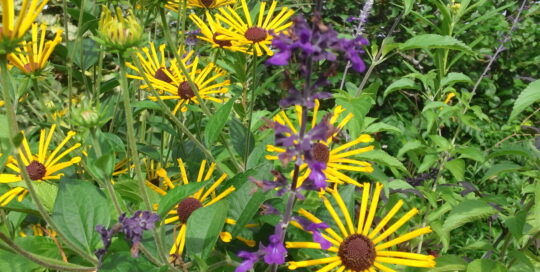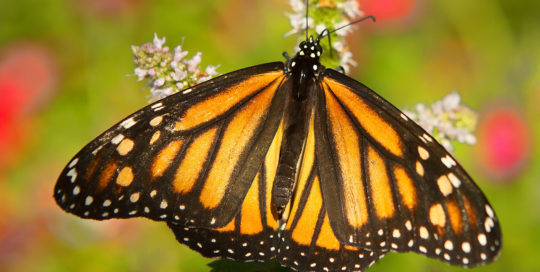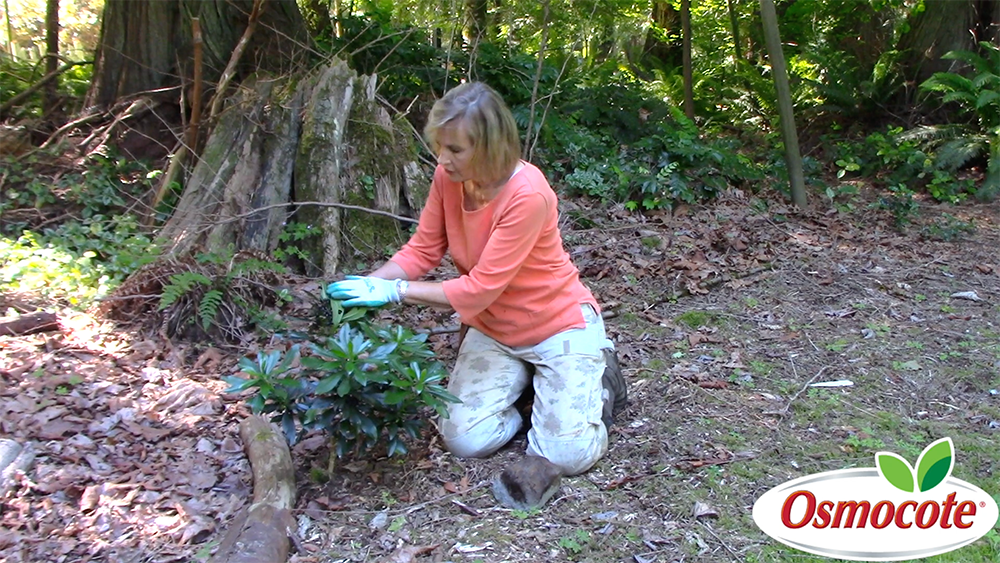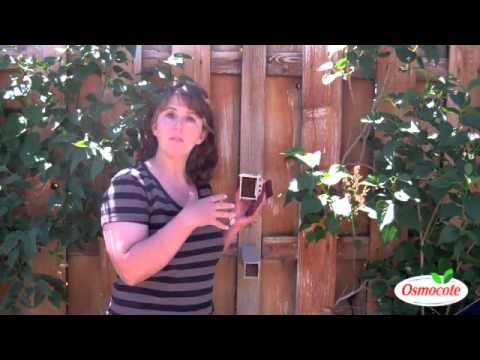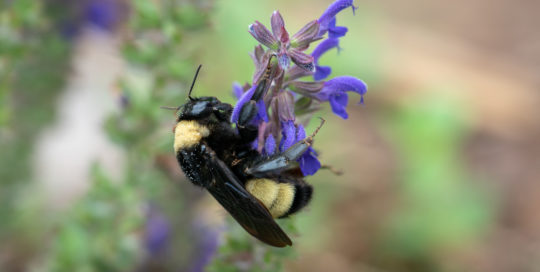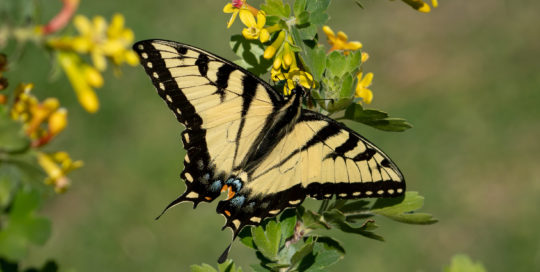Native, non-native, and invasive plants: So, what’s the difference?
If this discussion about native plants is a little confusing, don’t fret. Here’s what you need to remember:
Native Plants
- Natural in specific areas since the last ice age
- Well-adapted to the environment
- Provide food and shelter for local animals
- Support and benefit the environment
Non-Native Plants or Exotics
- Introduced unnaturally by humans
- May or may not harm the local ecosystem
Invasive Plants
- Harmful to the local environment
- Sometimes kills native fauna
What to do with invasive plants
What if you already have an invasive plant growing in your yard? If you live in any part of the southeastern U.S., there’s a good chance you have kudzu, which is the most invasive plant in the U.S.
If you live out west, you may be dealing with cheatgrass. Northerners have to deal with the notorious tree of heaven, and New Englanders fight cow parsley, among many others.
The best way to eliminate these unwanted and dangerous plants is to use a herbicide –– glyphosate and triclopyr are the most effective ingredients to look for. If the plant is small enough and there aren’t too many, digging them up is a quick and easy way to get rid of them –– but be sure to get the entire root system!
Suffocating an invasive plant also can work. Place plastic over the plant and secure it with stakes. The plant won’t receive the air, sun, or water it needs to survive. This process won’t be quick though –– it could take a year or two for the entire plant and root system to die.
If you already have an invasive plant on your property that you actually quite like, keep it under observation. Make sure it doesn’t propagate and smother your native plants. If you decide eventually to replace it, there is likely a native alternative and it may even be much safer for our environment.
Conclusion
You can make a real difference by creating a landscape with native plants. The National Audubon Society’s guide for native plants will help you choose the best plants for your area. You can also check out our blogs to read more about gardening and planting. Remember: by utilizing native plants, you are supporting biodiversity and ensuring a better environment for future generations.
Alissa is a writer for LawnStarter, and while she may not have a green thumb, she enjoys writing and reading about plants, gardening, and lawn care. She’s a mom to three boys, a football coach’s wife, a grad student, and an amateur photographer. When she’s not writing for LawnStarter, she likes working out, cooking, and being active and creative.

